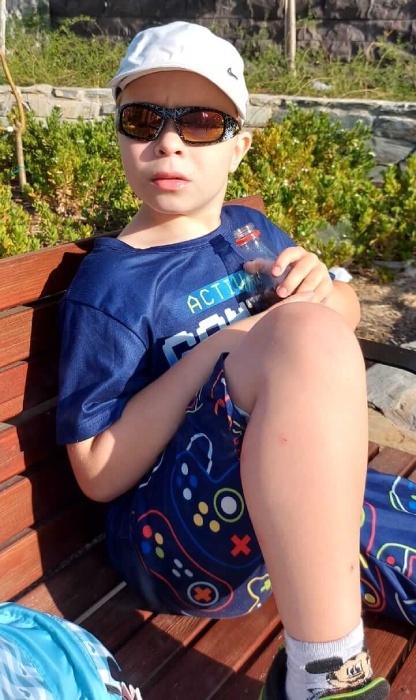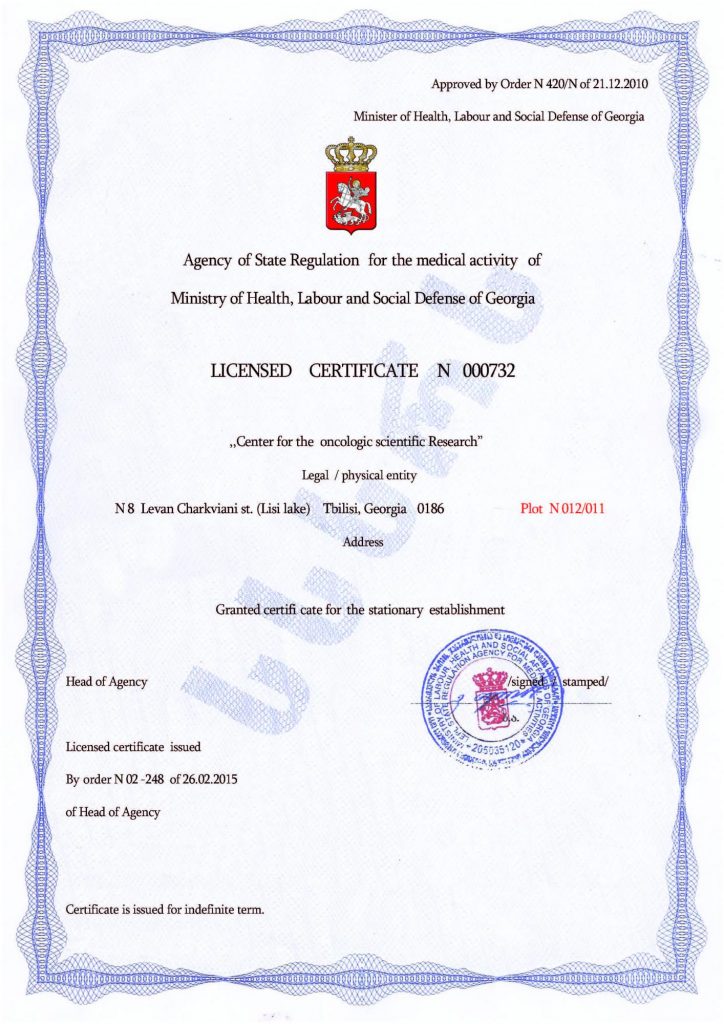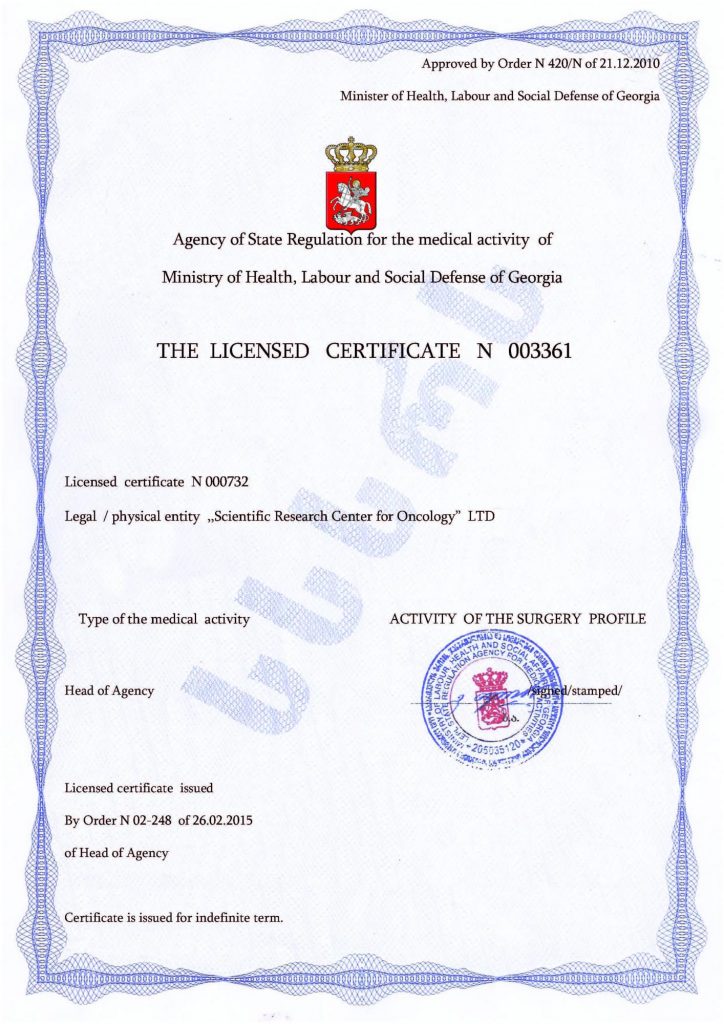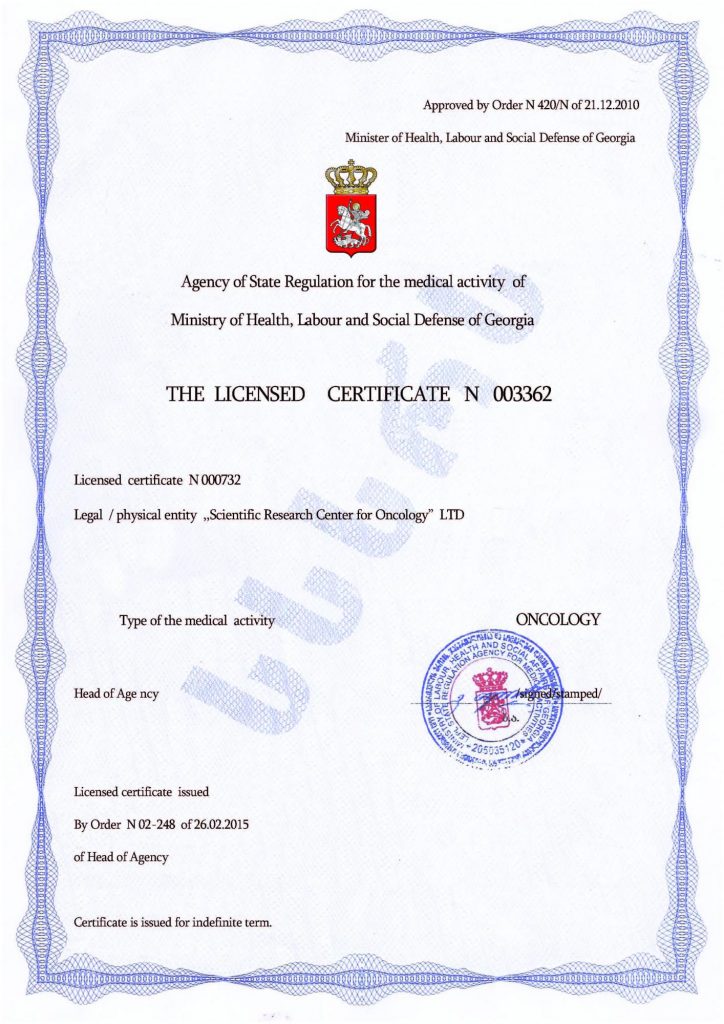Lovaas Model in the Treatment of Autism
The UCLA/Lovaas model, also known as the discrete trial method, is a widely used approach in the United States and Europe for addressing behavioral abnormalities in children with autism spectrum disorder (ASD). Its core principles are the reinforcement of achieved results and repetition. In this regard, it draws parallels with ABA therapy. However, the Lovaas model goes beyond addressing behavioral disorders for socialization and also focuses on correcting other manifestations of the condition.
Four Consistent Principles of the Lovaas Model for Autism
Due to its comprehensive approach, the therapeutic process in the Lovaas model is interconnected, making it challenging to classify distinct areas. Nevertheless, the method is built on four main principles:
P1: Reducing Unwanted Behaviors
At the initial stage, the therapist aims to decrease forms of unwanted behavior, such as:
- Self-harm tendencies
- Self-stimulation
- Aggression or depression
This initial treatment is crucial, as these behaviors interfere with a child’s ability to live and learn effectively, both in educational settings and clinical practice.
P2: Encouraging Socially Acceptable Behaviors
The second principle involves a deeper application of the discrete trial method. While the goal aligns with the first principle, it adds an emphasis on incentives to replace undesirable behaviors with socially acceptable ones. Therapists reinforce correctly executed instructions with encouragement, while avoidance or failure to follow instructions is not rewarded. It is essential that the therapist ensures the child understands and appropriately responds to all directions.
P3: Developing Speech Skills
Similar to ABA therapy, the Lovaas model places significant focus on speech skill development. At this stage, an individualized education plan is tailored to the child’s abilities. For nonverbal children, the process begins with teaching the correct pronunciation of individual sounds, progressing through five stages of speech development. The final stage involves teaching skills to:
- Form sentences
- Express thoughts
- Provide meaningful answers
P4: Enhancing Functional and Emotional Speech
As training progresses, a child’s speech becomes more functional and expressive. The structured and consistent approach helps children assign emotional meaning to their speech, enabling them to interpret and share their feelings. At this final stage, their ability to interact with others improves significantly.
Pay Attention!
While effective, this technique alone may not meet the full expectations of parents or the child. Modern medicine offers an even more effective alternative, actively employed in leading clinics worldwide, including the Mardaleishvili Medical Centre.
Stem Cell Therapy: The Future of Autism Treatment
Stem cell therapy is a cutting-edge procedure that fulfills the dreams of children with ASD for a healthy and socially active life. This method offers a comprehensive restorative effect, addressing both changes in the brain and symptoms of the disorder.
Benefits of Cellular Correction for Childhood Autism:
- Improved socialization
- Enhanced communication and mobility
- Better brain function
- Overall positive developmental effects
Undergo the procedure of stem cell transplantation to treat childhood autism — do everything possible to improve your child’s health!
Autism Treatment Center Videos
Autism treatment with own stem cells
Cord blood association congress
International Quality Crown
Autism Treatment Reviews
Autism treatment with own stem cells
The story of Alessandro (6 years old)
Autism Patient Testimonial - Stem Cell Treatment
Clients Testimonials

Anna – Sasha’s mother Read More

Amirkhon’s father — Tokhir Read More
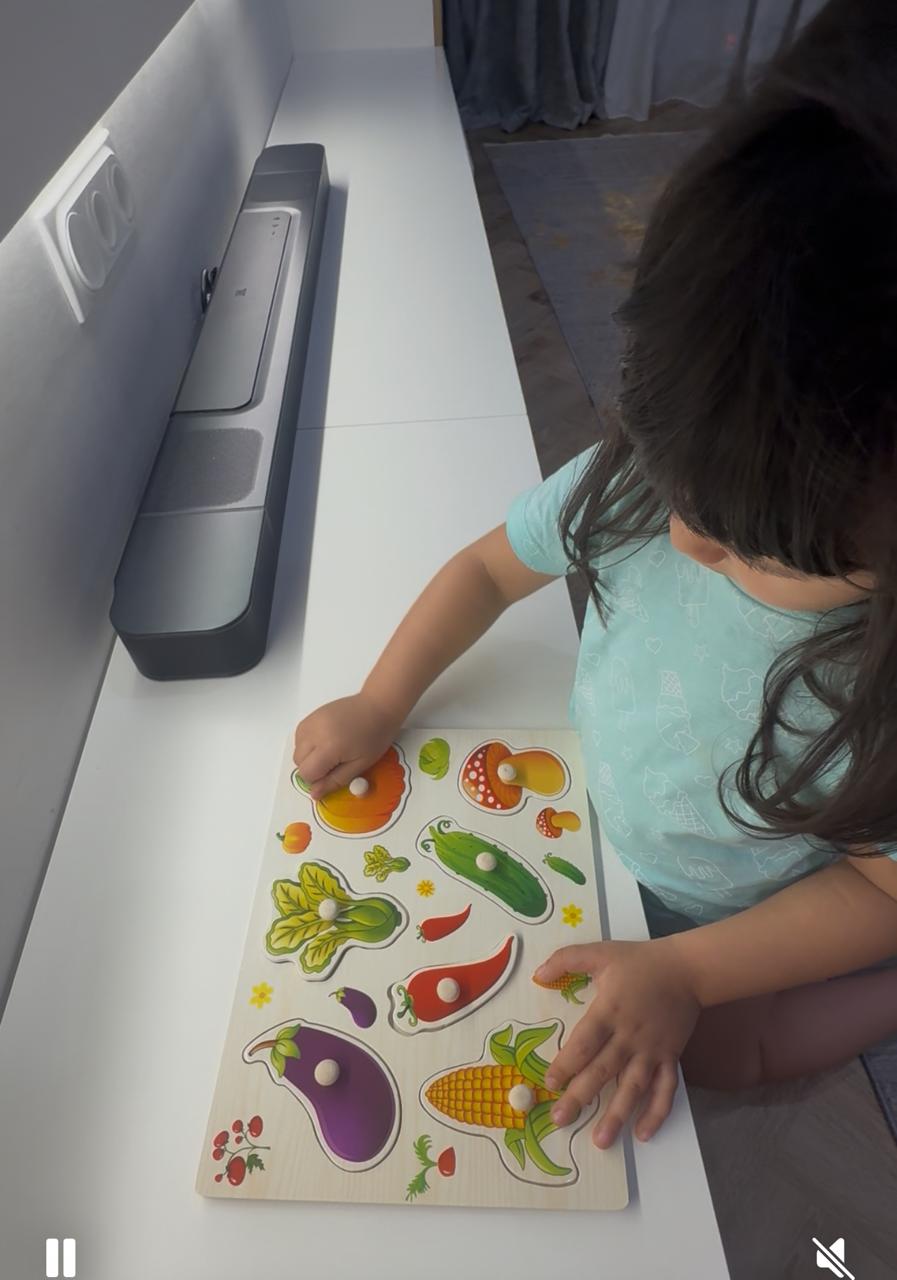
Dilana’s mother Read More

Irina and Stefan – Ilya’s parents Read More
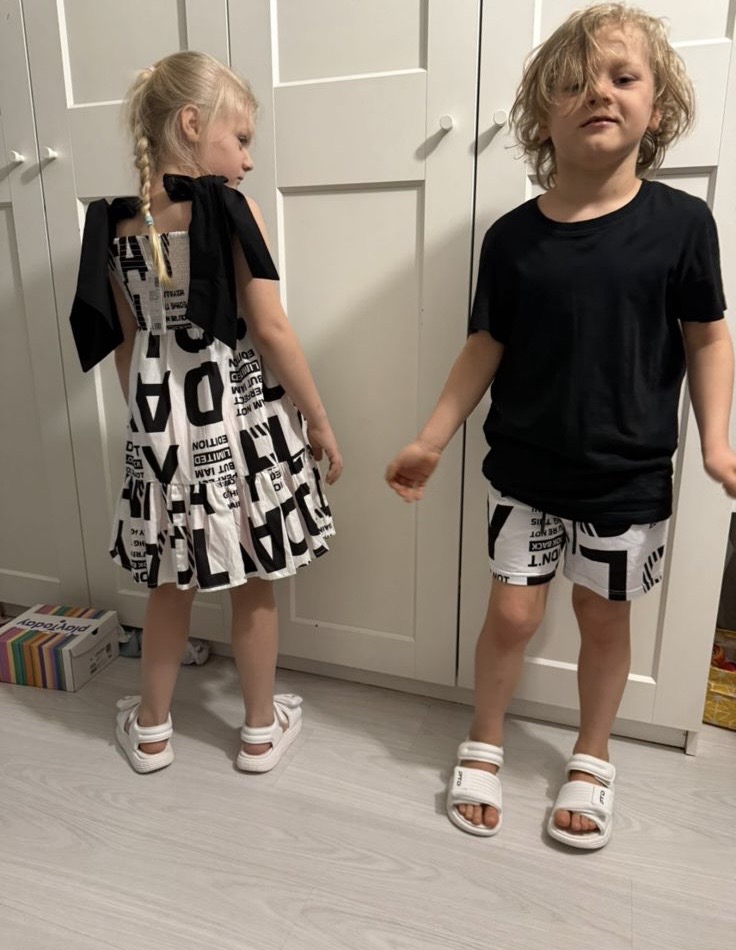
Kristina – mother of Nelly and Nik Read More
